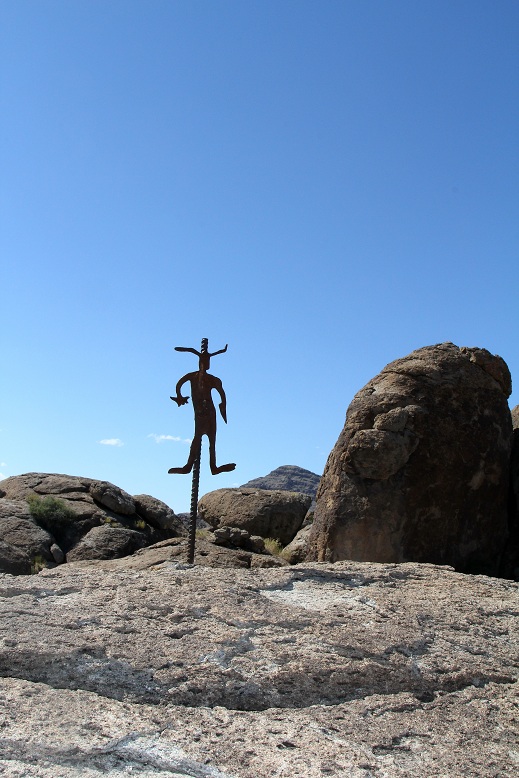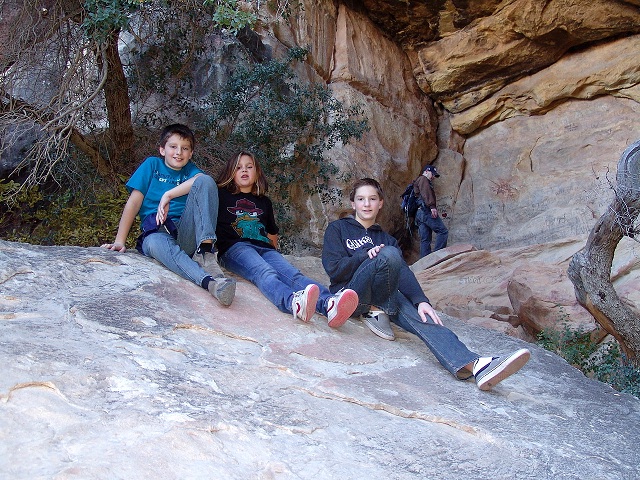Because
of my lack of knowledge about tree hugging, the woman must have suspected that
I wasn’t a local and asked me where I was from. When I said “Nevada,” she
gasped and asked how we managed to survive in such a hostile environment with
no trees. She said that her family had never been to Nevada because they were
afraid that without trees, there would be a lack of oxygen and they wouldn’t be
able to breathe. I said that it wasn’t any different than in South Dakota where
I grew up. However, I explained that when I lived in South Dakota we had tumble
weeds that grew to be the size of trees. As a matter of fact, the tumbleweeds
along the farm fences were so large that we had to cut them down with an ax.
She looked a little skeptical, but continued the conversation by asking if we
had ever tried planting any trees to produce more oxygen. I told her that one
time when I was a kid I did plant a tree, but my brother thought that it was a
tumbleweed and drove over it with a tractor. She said that was the saddest
story she had ever heard and then burst into tears and started sobbing!
As
I started to leave, she said that she had enjoyed our visit and she could see
in my eyes that I was a kind person and would make an excellent tree hugger.
She then told me that her family was part of the Chipko Movement and planned to
attend the annual convention to be held in the Garhwal Himalayas of Uttarakhand
next summer. She said that tree huggers from all over the world would be there
and I should bring my family and attend the conference. I burst into tears and
started sobbing!




































